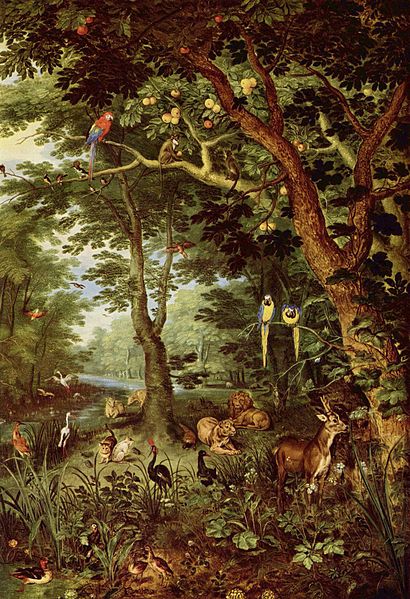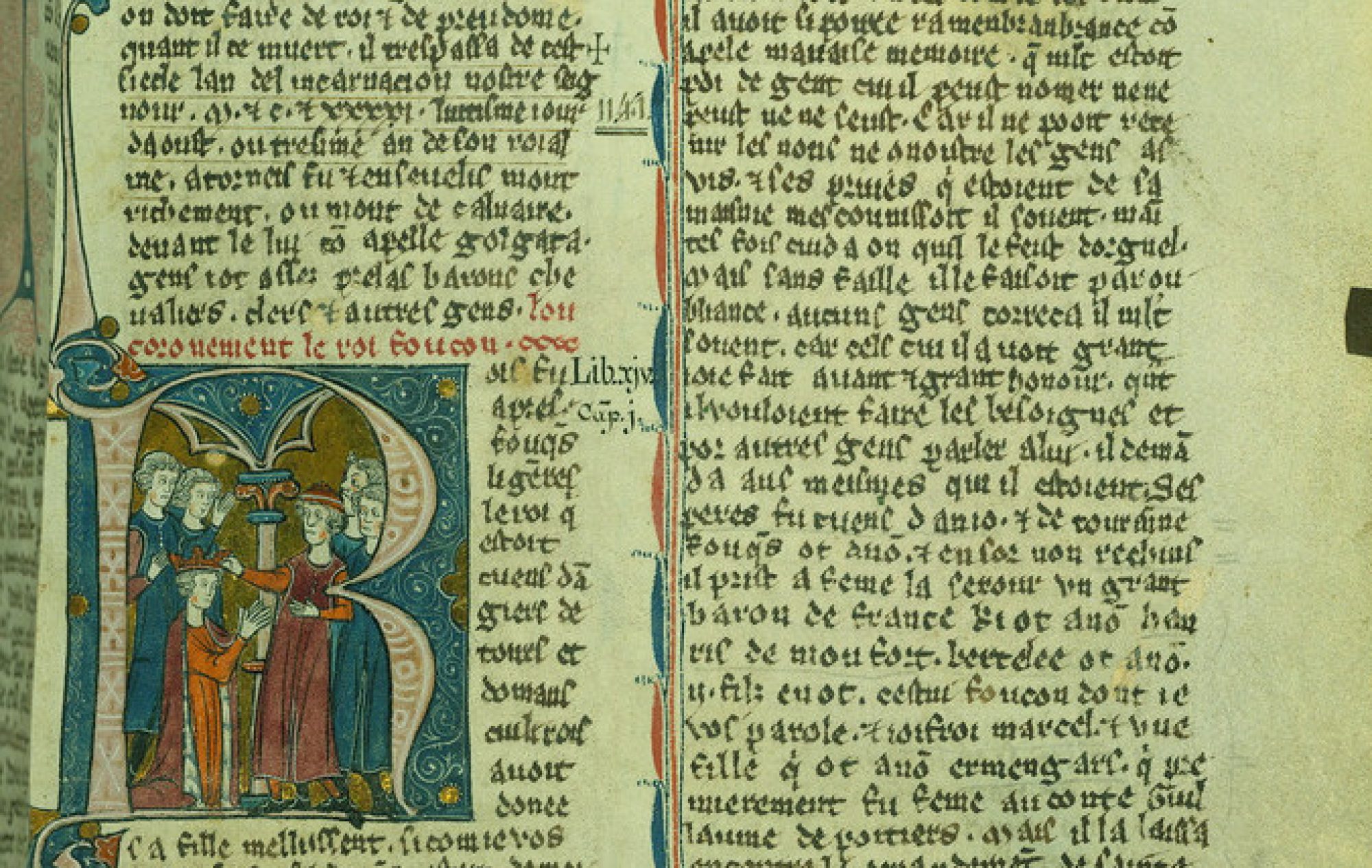As the letter continues, all logic and sense of normalcy vanish. The letter describes a magical place within the borders of Prester John’s lands:
At the foot of Mount Olympus bubbles up a spring which changes its flavour hour by hour, night and day, and the spring is scarcely three days’ journey from Paradise, out of which Adam was driven. If anyone has tasted thrice of the fountain, from that day he will feel no fatigue, but will, as long as he lives, be as a man of thirty years.1
Mount Olympus is clearly referring to the court of the Gods in Greek and Roman mythology, otherwise known as the fantasy land of the Gods in classical legends. Next, apparently, near this is the Paradise from which Adam and Eve fled, which Prester John has somehow rediscovered.

Finally, a magical fountain of youth is described. This is a myth that is not uncommon in the Arthurian legends of the time; nevertheless, immortality is a concept which is generally accepted as impossible while on Earth.
This description defies all logic in a mere two sentences. With the world as we know it, this place cannot be possible.
- Baring-Gould, Sabine, Curious Myths of the Middle Ages, (London, United Kingdom: Rivingtons, 1876), 30-53.
- Bruegel, Jan the Elder. “Das Paradies.” The Yorck Project: 10.000 Meisterwerke der Malerei. (1620). https://commons.wikimedia.org/wiki/File:Jan_Bruegel_d._Ä._003.jpg.
